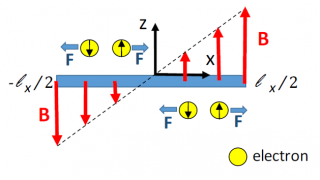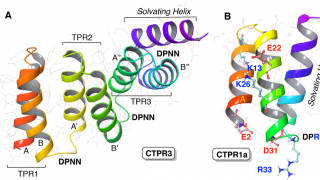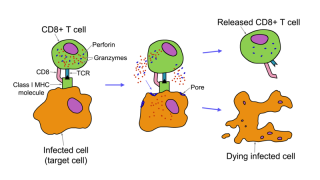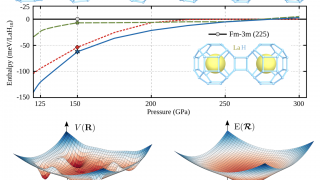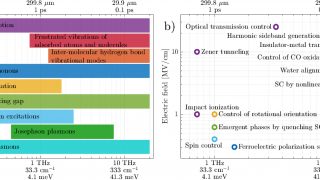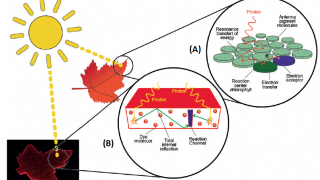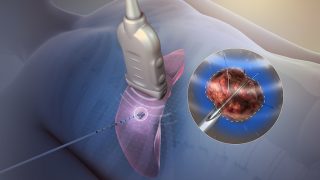
Heterogeneous sorroundings are critical in the analysis of nerve ablation for treating chronic pains
Chronic pain is one of the most common problems of advanced age. Even though the combination of physical therapy and analgesics such as nonsteroidal anti-inflammatory drugs is effective in chronic pain treatments, it only confers short-term benefits. On the other hand, it could be quite expensive and may have significant adverse side effects. Effective, lasting […]
